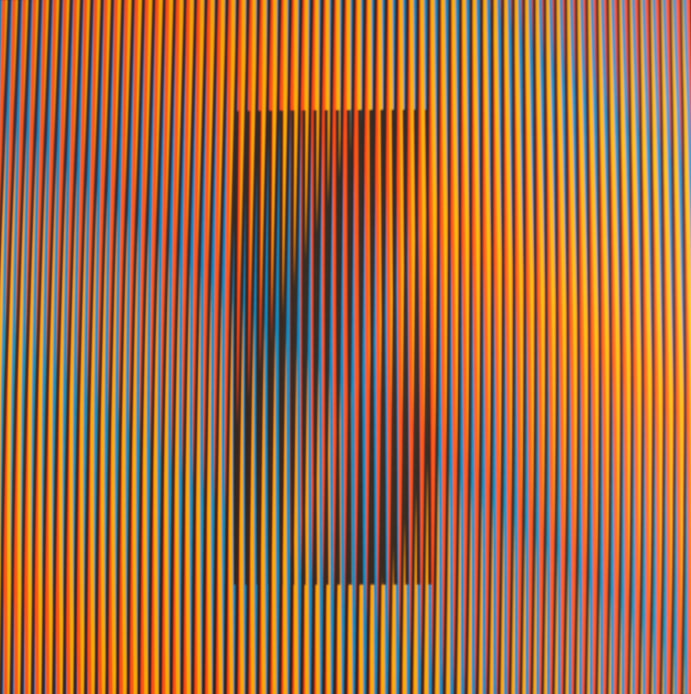
Rufino Tamayo (1899 - 1991) was one of Mexico’s most famous contemporary painters, of Zapotex heritage and originating from Oaxaca de Juárez, Mexico. Known for working in figurative abstraction and Surrealism, he initially began his artistic journey in Cubism, Impressionism, and Fauvism, though his discontentment led him to José Vasconcelos at the Department of Ethnographics, where he was later appointed head of the department. Following the Mexican Revolution, Tamayo shied away from overt political art unlike many of his contemporaries, including Diego Rivera, and worked in realms that closely mirrored traditional Mexico. His opposition to the revolution led him to depart Mexico, and his subsequent landing in New York catapulted his artistic career to international renown, when he created some of his most valuable works. In addition to his critical views on the use of color, Tamayo was also well known for developing a new medium in art called Mixografia, a technique that allows for the production of prints with three-dimensional textures. Tamayo’s works have been displayed in dozens of museums and exhibitions across the world, and The Tamayo Contemporary Art Museum was opened in 1981.
The lithographs at LaCa Projects are selected works from Tamayo’s Mujeres series, and represent his frequent use of women as his subject matter. This colorful series, carnal and mythical in nature, remains one of the most widely known and popular within his repertoire.